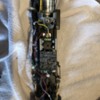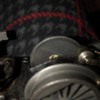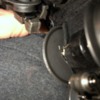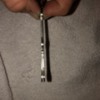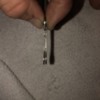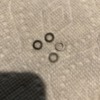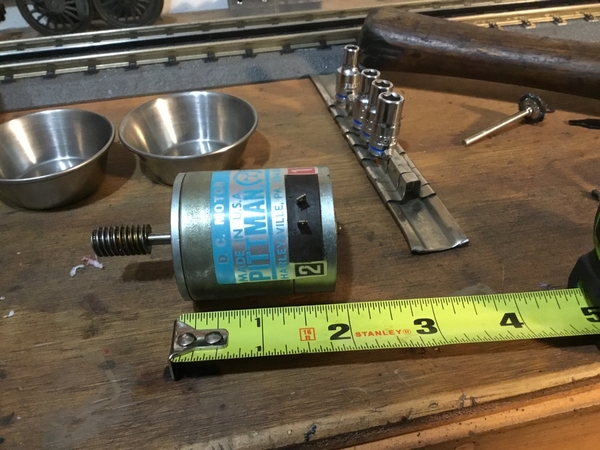I have a Norfolk & Western Warhorse that I converted to DC using a Timko can motor conversion and an ERR Cruise Commander.
The engine seems to lose speed like the cruise is not working in the middle of the curve. The layout is nothing fancy, two 30” straights and 060 curves. With my voltmeter car I am not seeing any voltage drops that would cause an issue.
I tried a second Cruise Commander and had the same results. I have tried using the large and small motor settings and have played with the nudge mode as well and can’t seem to get the same constant speed as my other converted engines. I have tried reprogramming the board to ensure it is in Cruise mode.
At this point I am wondering if the magnatraction or the gearing is causing the inconsistency in speed.
Does anyone have any suggestions, or seen similar issues?




